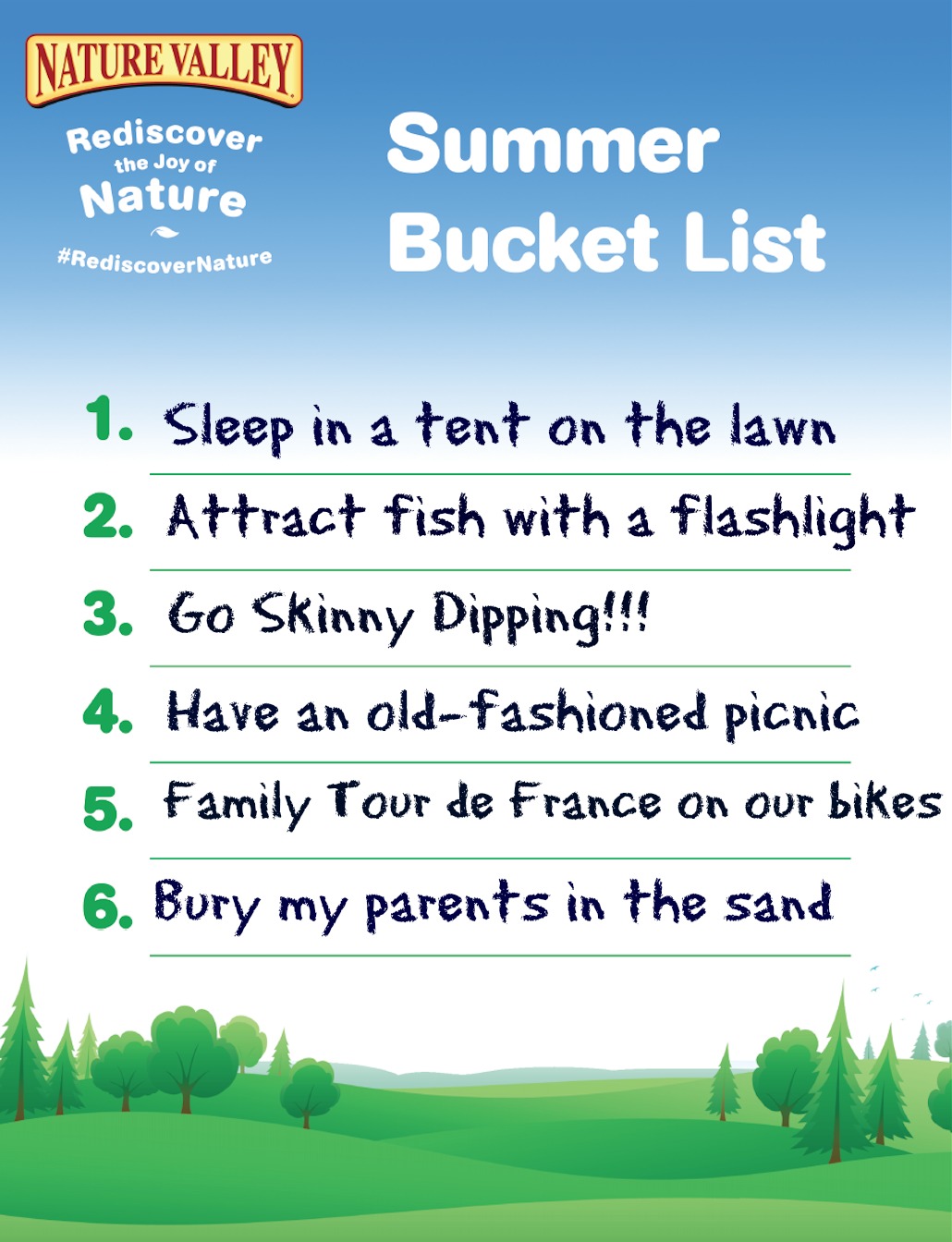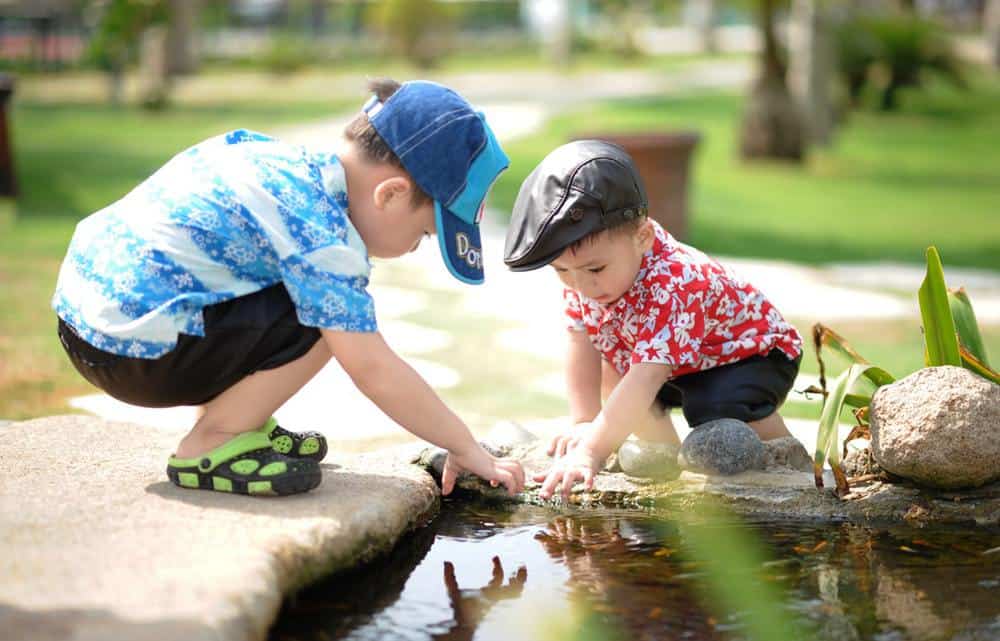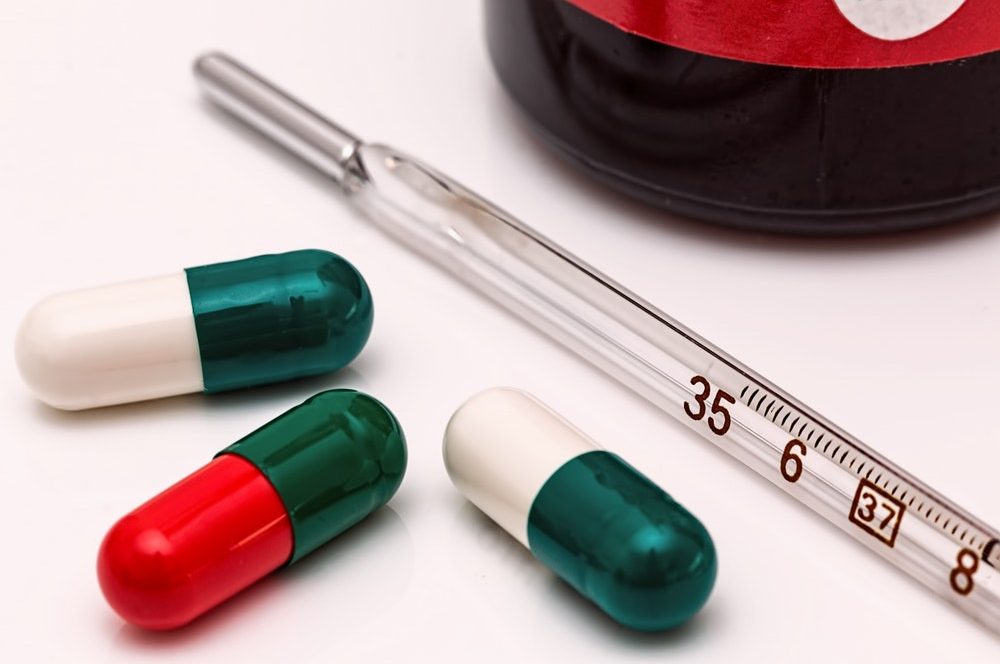No matter how well you plan ahead, a new family member will be stressful for your family pet. The key to babies and pets is to make sure that you keep all training and baby-related matters a positive experience. Remember your dog or cat is used to being the centre of attention. It is understandable that they may experience something like sibling rivalry with a new baby. By following a few simple steps, you will help your pet welcome the new arrival into their pack.
The luxury travel company andBeyond is expanding it’s operations to South America. The company would like to positively impact the region through their commitment to sustainable travel, conservation and community empowerment . Following success in South Asia, the company has decided to explore the vast landscapes, pristine wildlife areas and magnificent views of South America. Their first South American office will be rooted in Santiago, Chile and will open on July 15, 2015. The office will provide luxury tour operating and destination management company (DMC) services to guests travelling in Chile.
Home to some of the continent’s top sites, including Iguazu Falls, Easter Island, the wine regions of Santiago, Atacama, Buenos Aires, and Patagonia, Chile is a must-see on a trip through the continent. By the middle of August, similar services will be available to those travelling to Argentina and by mid-2016, the company will expand to Peru and Ecuador. Machu Picchu, the Galapagos Islands and the Amazon can easily be explored with the help of andBeyond’s new worldly expansions. The Managing Director Pedro Barraza has 25 years experience in the travel industry, plenty of which spent in top management roles. Your trip planning and management is in good hands! If you’ve always wanted to go to South America, this is your chance to travel the continent with a company committed to the development and sustainability of the land on which it works.
For more information, visit www.andBeyond.com
 Usually I’m not preachy, but watching this video of three generations talking about summer ‘fun’ filmed by Nature Valley jarred me to my roots. Our relationship to nature is changing and with technology at our fingertips, it’s easy to forget about what’s important, like being outside and enjoying nature. With each passing generation, children seem to be playing outside less and less.
Usually I’m not preachy, but watching this video of three generations talking about summer ‘fun’ filmed by Nature Valley jarred me to my roots. Our relationship to nature is changing and with technology at our fingertips, it’s easy to forget about what’s important, like being outside and enjoying nature. With each passing generation, children seem to be playing outside less and less.
 What if our connection to nature is lost for good? I want my grandchildren to develop skills and knowledge that can be acquired only in nature. Learning to fish, to camp, swim, built forts and plant seeds are part of childhood – play is necessary for development. Not only are motor skills developed, but creativity, reasoning, logic and life skills are honed. Can you imagine having no access to food other than fish, but the only time you’ve held a rod was during a fishing video game? So let’s make a pact to get the kids outside this summer, K?
What if our connection to nature is lost for good? I want my grandchildren to develop skills and knowledge that can be acquired only in nature. Learning to fish, to camp, swim, built forts and plant seeds are part of childhood – play is necessary for development. Not only are motor skills developed, but creativity, reasoning, logic and life skills are honed. Can you imagine having no access to food other than fish, but the only time you’ve held a rod was during a fishing video game? So let’s make a pact to get the kids outside this summer, K?
The time is now to rediscover the joy of nature.
 The kids and I have completed our ‘Summer Bucket List’ and pasted it to the fridge, where we can check off the items as we complete them. I’m giddy. Too often the summer slips away from us and I regret not having slept in a tent or taking the kayak out. This will be the best summer ever.
The kids and I have completed our ‘Summer Bucket List’ and pasted it to the fridge, where we can check off the items as we complete them. I’m giddy. Too often the summer slips away from us and I regret not having slept in a tent or taking the kayak out. This will be the best summer ever.
I challenge you to complete your own Bucket List (click to get your own printable)! I’d also love to hear your ideas in the comments below. Happy summer!
 Cleft lip is an opening or gap in the lip which occurs as a congenital deformity caused by inability of facial structures to fuse together during gestation period. There is a possibility of this deformity to affect other parts of the face like eyes, ears, nose, cheeks and the forehead. Several factors are implicated in the cause of this deformity. These factors include genetic, syndrome, non-syndrome as well as environmental factors. There are also researches currently going on to ascertain the possibility of other causes of this deformity.
Cleft lip is an opening or gap in the lip which occurs as a congenital deformity caused by inability of facial structures to fuse together during gestation period. There is a possibility of this deformity to affect other parts of the face like eyes, ears, nose, cheeks and the forehead. Several factors are implicated in the cause of this deformity. These factors include genetic, syndrome, non-syndrome as well as environmental factors. There are also researches currently going on to ascertain the possibility of other causes of this deformity.
Genetic causes of this condition are still not explicit but there are serious indications that genes may be involved. Most syndromes like Van der Woude Syndrome and Stickler’s syndrome have been implicated as a cause of this deformity. Some genes that are connected to some syndromes have also been recognized as contributors to cases of cleft lip. Environmental influences or substances that may have a gene mutation effect can also be responsible for clefting of lip during intra-uterine life. Substances investigated for this include: maternal diet, environmental pollutants, illegal drugs (cocaine, heroin etc) and alcohol.
Cleft lip can easily be treated through surgery. To get the best results, this is normally done between 2-3 months after delivery or during early childhood.
We asked Moms on our Facebook Fan page and Twitter about the cutest mispronunciations their children have uttered. And we had to share the results. It should brighten your day.
1. ‘gra-noculars’ instead of ‘binoculars’.
2. yew nork!
3. pah-sketti!
4. “Oak” meal. (Oatmeal)
5. Cheh-pet (instead of ketchup).
6. kershamol (commercial)
7. Mr ghetti (spaghetti)
8. minished! instead of finished. i still say it even though he’s outgrown it.
9. i used to say “missmiss” [for christmas] – 35 years later + my dad still teases me about it 😛
10. Guacamonkey!
11. ”Can we go to Ole McDonald’s?”
12. Wook (look)
13. Tim Horton hears a who!
14. Poorhead (instead of forehead)
15. Flus-sh*#. She meant flush it.
16. There are so many funny ones I just can’t remember them all… hambulance = ambulance. My favourite is listening to the wrong/mixed up lyrics in the car. It kills me everytime!
17. Furnace…..actually means Thermos. Mummy can I have soup in my furnace tomorrow?
18. The funniest I’ve heard was from a little one I used to babysit, he used to say he liked to eat crap, instead of crab. Lol.
19. dumb shit = drumstick….we even have it recorded
20. Beegurt (yogurt) I want some beeegurt!
21. Exact-a-dentally for accidentally. He’s 6 and still says it. I know I’ll miss it when it’s gone.
22. I’m not hungry, just drinky!
23. hunormous
24. ‘bafuter’ for computer
25. My son used to call pit bulls “pimples” as in “Look Mommy, there’s a pimple dog!”
Feel free to add your own in the comments section. See? Parenting is SO worth it!!!
Babies just love aromatherapy. Imagine hearing the soft gentle sounds of a baby becoming calm again while lavender essential oil wafts through the air, or the feeling of a baby that just comes out of the bath all relaxed and ready to get into their pj’s to snuggle down for a sleep with the aroma of sweet orange and chamomile on their skin. Aromatherapy is a loving and wonderful way to introduce your children to the wonders of alternative health care and smells.
Aromatherapy and your children
Essential oils are composed of tiny little molecules that based on their composition tell us how they act on the body and mind. There is practically an aromatherapy recipe for any physical or emotional state. Below are a variety of ways to use the oils, as well as some simple everyday recipes and ideas on how to use the oils for your babies and children.
Some of the more common ways for using essential oils are;
- Baths – add 1-3 drops of oil into the bath for children. Add the oils after you have filled the tub to the desired amount and make sure you swish the oils and water together first before baby gets in.
- Massage – add 1-3 drops of essential oil to 2 ounces of carrier or massage oil/cream.
- Spritzer – add a total of 6-10 drops of essential oil to a 4 ounce bottle of water.
- Vaporizer – add 4 drops of essential oil to most vaporizers or use a scent ball in the child’s room with the same amount of drops.
- Diffuser – add 3-5 drops of essential oil into the diffuser for the size of an average child’s room.
- Inhalation – for older children, (usually around 5 years) have them put their head over top of a bowl filled with hot water and 1-3 drops of essential oils to breath in the oils directly. If you can get them to hold a towel over their heads that is even better, add the oils after you have added the water and have them to breathe in as soon as possible for best results.
Fun Aromatherapy Activities with children
- To reduce hyper times and increase relaxation, create a spritzer with 5 drops of lavender, 4 drops of orange, and 3 drops of chamomile. Gently spray the oils over the top of your child’s head before naps or nighttime sleeps, or spray the room or car where you are spending most of your time.
- For children over 1 year to help them sleep, you can add one drop of essential oil to their pillow or favorite stuffy that they go to bed with. Note this may stain your pillow case. A nice chamomile bath, 1 drop up to 2 years old, 2 drops up to 4 years old and 3 drops up to 8 years old will help baby sleep well.
- If your child is getting a cold you can create a cold chest rub by adding 3 drops of eucalyptus, 2 drops of tea tree oil and one drop of lemon into 2 ounces of carrier oil or natural cream. Massage the cream into their whole body, or for a quicker application, apply the rub on their chest, lower back and to the bottom of their feet. Put their socks on to keep let the rub absorb into their feet.
- When your child is around anyone with a virus or starts to shows signs of flu put thyme oil on the bottom of their feet. Add 1 drop for babies up to 2 years, 2 drops from 2-4 and after that 3 drops up till 8 years old. Put the drops of thyme oil into a 2 ounce bottle of carrier oil or natural cream and apply strictly to the bottom of their feet and to wipe your hands off you can rub it along the lower part of your child’s back.
Young children are still building their immune system and we can help them by using essential oils in their everyday life. Not only will essential oils help with your children’s immune systems but they can help with just their overall disposition, helping to keep them healthy, balanced, calm and relaxed through their growing and learning years.
Deborah Drummond Baker has been using and sharing the benefits of aromatherapy with her family and two children for over 15 years. She has extensive experience and certification in the alternative health field and has helped many mothers and fathers to use the essential oils in many ways with their children.Her first aroma baby is almost 14 years old and can attest to the wonders that aromatherapy has had for her. Deborah’s 3 year old is following in his big sisters footsteps of being taught the natural way to play with and benefit from the oils.
So, you did it: you produced a baby. You’re understandably pleased, and you think your baby is just perfect. You rejoice in the little fingers and toes, you gurgle over every detail about him or her. You think—no, you know—that you have the smartest, most beautiful child on earth. Then, you go to the doctor for a checkup, and they tell you the baby is behind in some developmental milestone.
Perhaps she’s not long enough, or her weight is less than expected. Maybe he’s not holding his head up yet, or rolling over like the books say he should be by his age. There are a zillion things the doc can tell you at those appointments, and those developmental milestones are important, but they’re also not set in stone. Consider them developmental milestone suggestions. There are, however, some that are very important and delaying attention when these milestones aren’t reached can delay treatment that could benefit your child, should there be some kind of physical or physiological problem present.
What do you do? Do you panic? Do you shrug it off? Most doctors will tell you what things you can relax about and which you should concern yourself over, but here is some information to have in advance, to save yourself the stress if you find yourself on the receiving end of this distressing news.
1. Don’t stress out. The charts and lists of events and when they “should” happen are averages—some children reach milestones sooner than others, and some later. For instance, if your baby is a little chubby bunny, he may not roll over or walk as soon as, say, your girlfriend’s lithe little lady of the same age. As long as the baby is healthy, according to the pediatrician, you shouldn’t be worried, even if they’re a little above or below where the charts say they “should” be.
2. Understand the Differences. One thing about those charts is that they’re not sex-differentiated, but gender does make a difference in some things. Ask your doctor and they’ll tell you. For example, girls tend to talk sooner. Go figure on that one!
3. Know the Important Milestones and Keep An Eye On Your Baby. There are some items that need to be observed carefully, though. If your baby isn’t lifting his or her head by six months, or hasn’t rolled over, or doesn’t respond to visual or audible stimuli, you need to have that investigated. It’s one thing to be a little chubby—it’s another altogether to miss major gross and fine motor milestones.
If your baby hasn’t reached these milestones by six months, see your pediatrician immediately:
- not responsive to sounds by 6 weeks
- has a “permanent fist” (is not opening his or her hands) by six weeks
- not focusing on objects or following them with his or her eyes by three months
- not smiling by age three months
- not sitting up (supported) by six months
- not babbling (making nonsense sounds and purposeful vocalizations) by 6 months
- has a persistent squint
If your baby hasn’t reached these milestones by a year, see your pediatrician immediately:
- not sitting up (supported) by six months
- not sitting up unsupported at nine months
- demonstrates hand preference (right versus left) at twelve months
As much as we hate it, kids get sick. From the time they’re tiny babies and get that horrible first snuffly cold to the advent of communicable viruses and such that comes from interaction with other kids at school and playdates, your child will be sick more than a few times during their time in your care. Sometimes they don’t need much more than a tissue and a night with the dehumidifier, but other times more stern measures must be taken.
Some kids can be persuaded to take their meds easily enough, and the invention of newer, better-tasting formulas and interesting dosage methods have certainly made things easier for many parents in terms of getting Junior and Jenny to swallow their medicine. However, some kids are resolutely medi-phobic. Here is a common-sense guide to giving your kids medicine, and some do’s and don’ts of giving kids medicine.
Do’s
Give them some control. No, this doesn’t mean they get to call all the shots, but sometimes giving a child a bit of choice helps them feel less out of control. “Do you want to take this one or that one first?” or “Right now or after you’ve brushed your teeth?” are reasonable options to give, among others, depending on how often they must take the medicine and how strict the schedule is.
Supervise them. Sure, you trust your kid…but who’s to say he or she won’t just dump that little cup of liquid down the drain or spit out the pills when your back is turned? Don’t go all Nurse Ratched on them, but medicines like antibiotics and others requiring precise timing and dosage can’t be left to caprice.
Follow the directions. Always be exact about the label. If it calls for taking with or without food, or avoiding certain foods, etc., don’t scrimp.
Be Generous with Praise. If your child took their medicine, make sure you let them know how proud you are. If it won’t interfere with the medicine, even apply a bit of Mary Poppins and give a spoonful of sugar, although not literally—perhaps a Hershey’s Kiss or other small candy. Or, use a completely foodless reward and give them a gold star for good behavior, to redeem in the future for something they want. The value of a big hug and worse of praise can’t be underestimated, either.
Observe the Age Ranges. When it comes to OTC medicines, always stick with the manufacturers’ guidelines. Why? Because they are there for a reason. Kids react differently to drugs than adults do; even small quantities of certain chemicals cause no reaction in an adult but can prove dangerous to children. Generally, pediatricians advise not giving any kind of drugs, especially cold medicines, to infants under age 9 months of age or so.
Be a Good Example. Let your kids see you take your daily vitamins and/or any other pills or formulas you may take, to provide them with the idea that taking medicine is ok. However, make sure you keep your meds out of their reach, and let them know that it’s not ok for people to take each other’s medicines.
Help them Take Nasty Stuff Easier. Those nifty new film strips that dissolve on the tongue and the liquid-gels that are like fizzy candy are all the rage for allergies and such, but unfortunately not all meds are like that. If your child has to take antibiotics and other prescription drugs, they may be awful-tasting (despite the flavorings the pharmacies add) or chalky, which puts anyone off. In order to help them learn to take these, show them some tried-and-true techniques:
- Holding the nose. Ah, yes, this old favorite does indeed work. By following the dose with a gulp of juice or a swig of water you can cut the flavor; however, if it’s an expectorant, cough syrup or throat medicine, wait half an hour before giving liquids. Instead, have them take their medicine at the bathroom since and let them brush their teeth right away.
- Suck on an ice cube. By sucking on something icy for a minute or so before taking the medicine, the taste buds are numbed somewhat. Only do this with older kids, of course.
- Mix liquid medicine with a measured amount of yogurt or a V8 Smoothie, which will cover up the taste well and not dilute the medicine.
How to Swallow Pills. Eventually every kid has to learn how to swallow pills. Start out small: invest in a pill cutter, or carefully cut larger pills into smaller chunks, which will be easier to swallow. Have them place the pill at the very back of the throat and have them take at least 2-3 big gulps of water, while keeping their heads tilted back. While this is going on, stroke his or her throat in a repetitive, downward motion to induce peristalsis. This works well on dogs and cats, too!
Don’ts
Don’t mix medicine with food. Food changes the absorptive properties of medication, especially milk-based products. Also, you can’t be sure if they got it all if they didn’t eat the entire amount of food!
Don’t open capsules or crush pills to mix with liquids. Many medicines are time-release, meaning they need to be digested at a gradual rate, not in one big gulp. This can render the medication ineffective at best, and can be dangerous at worst.
Don’t force it. Sometimes it seems the only way is to hold them down and force them to take the medicine, but this is entirely the wrong tactic: some kids get so freaked out by this that they become hysterical and can even become physically ill, vomiting up that medicine you spent so much time and effort getting down their throats. If your child is being recalcitrant, this is the time to give them some decompression time. You have a little leeway even with medication that is rigidly scheduled; let the kid calm down, talk to them…heck, sometimes you may find bribery the only way to get it done. If so, comfort yourself in the knowledge that many other moms have walked in your shoes, and their kids didn’t turn out mass-murderers, ok?







